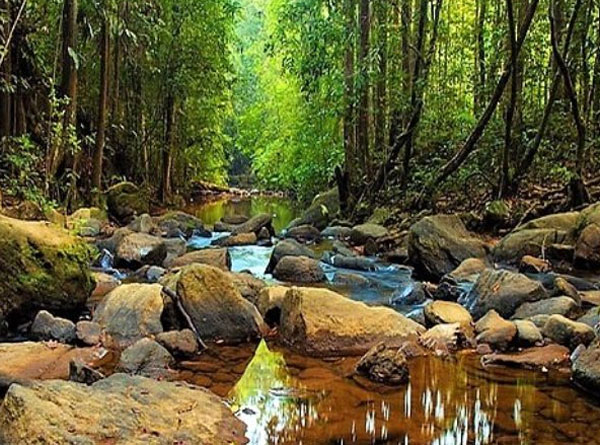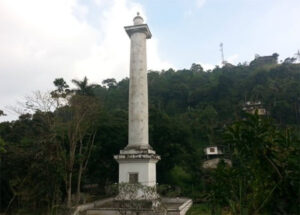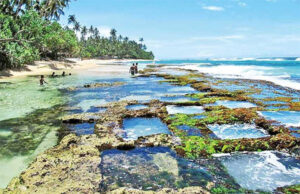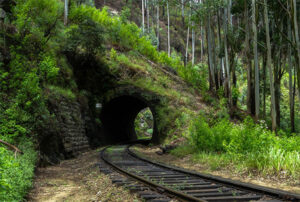
Sinharaja Forest is one of the leading natural places of historical heritage of Sri Lanka and is regarded as the only ancient tropical evergreen rainforest, which has never been affected by human activities.
Sinharaja Rain Forest is the only biosphere reserve declared under the MAB project and the only UNESCO World Heritage Site, which is locally and internationally important. In the 1970s, cutting of trees was prohibited in the Sinharaja forest. In addition, the IUCN International Biological Program (IUCN) has become a tremendous forest cover to cover all plant and animal divisions within the 2,500 acre (2,500 acre) area of the Sinharaja Forest Reserve.
Sinharaja Rainforests, which have grown wildly grown, are the largest biodiversity in the world, with asphalt, indoor water reservoirs and several streams of water.
In this region, there are many species of gardens grown in the area that are protected from the past, as well as numerous species of animals: high endless vultures, orchids, birds, rare species of snakes, endemic insects, Various amphibian species and species of fish live in water reservoirs can be seen in Sinharaja.
Due to our very high percentage of these species of plants and animals, the Sinharaja Forest is an invaluable resource. For example, 18 of the 20 endemic bird species that are endemic to Sri Lanka are seen in Sinharaja and 60% of the Sinharaja forests are indifferent to our country.
After many years of tests, many species that are not found yet can be found through the Sinharaja on several occasions. In recent times a new species of snake was found in the Upcountry Mountains of Sinharaja. They were named “Sinharaja tree snake” which means “Sinharaja tree serpent”.






